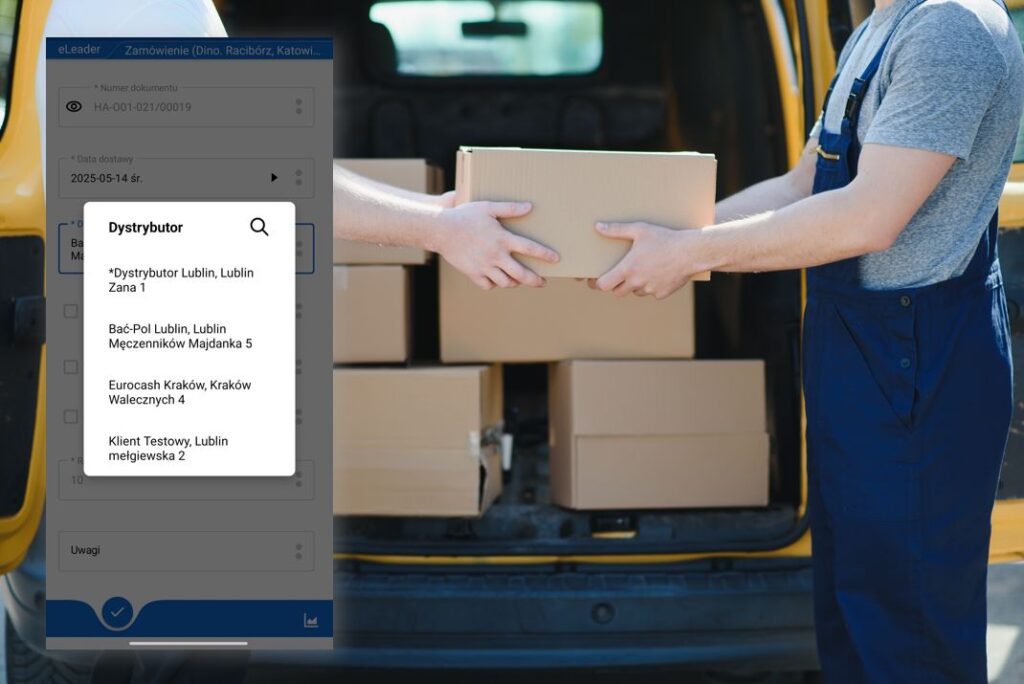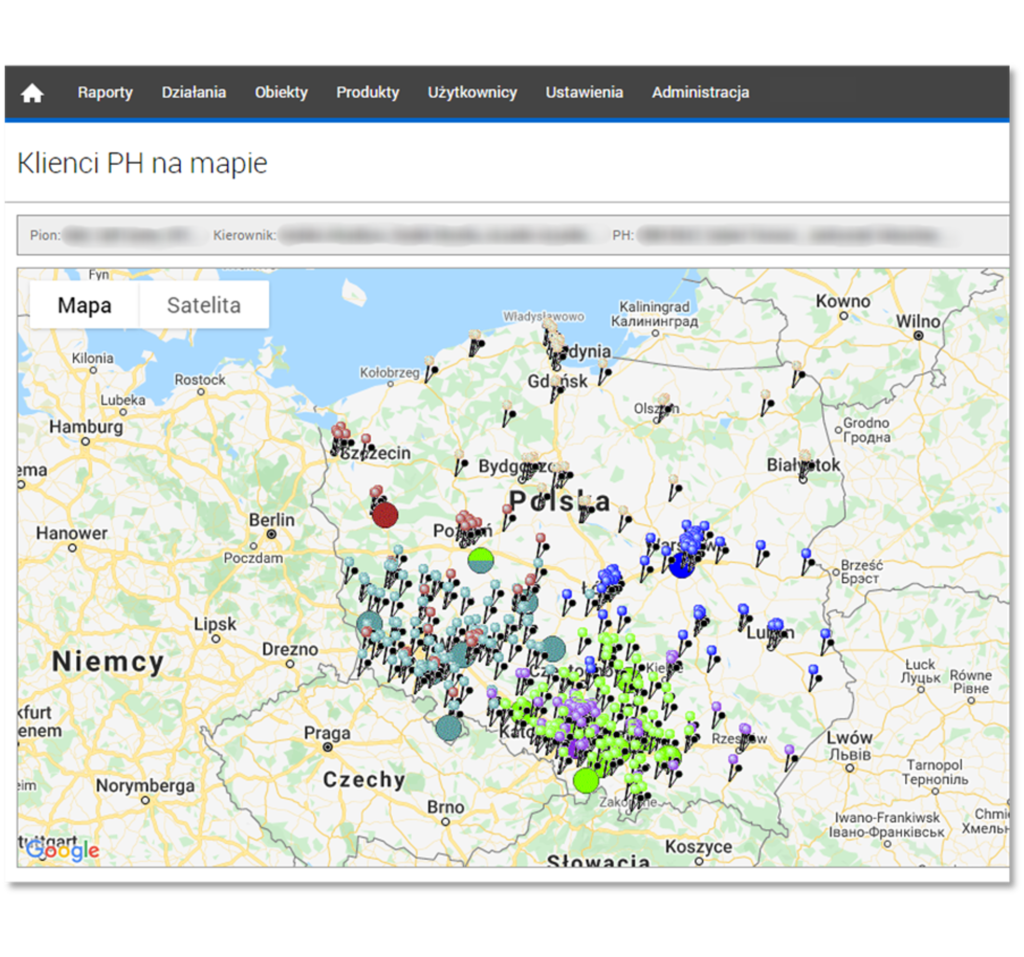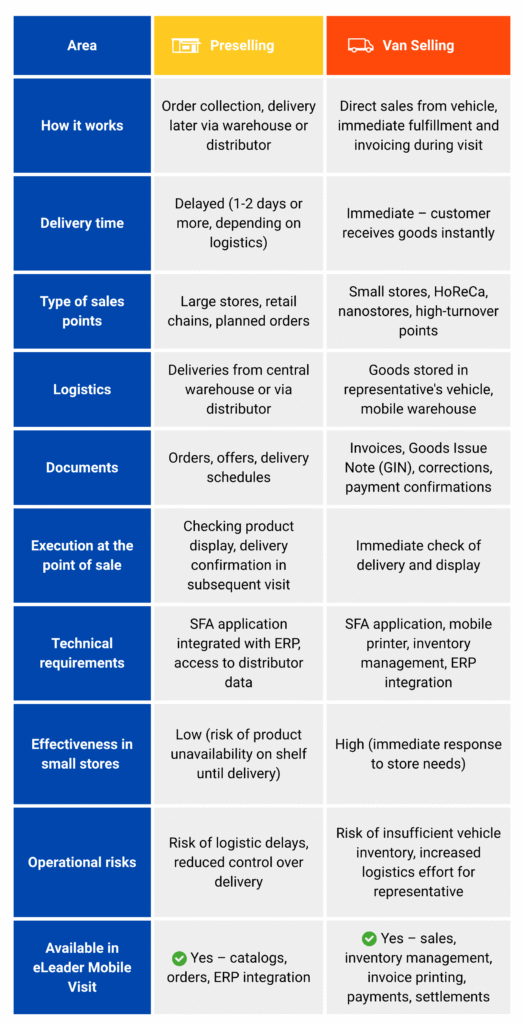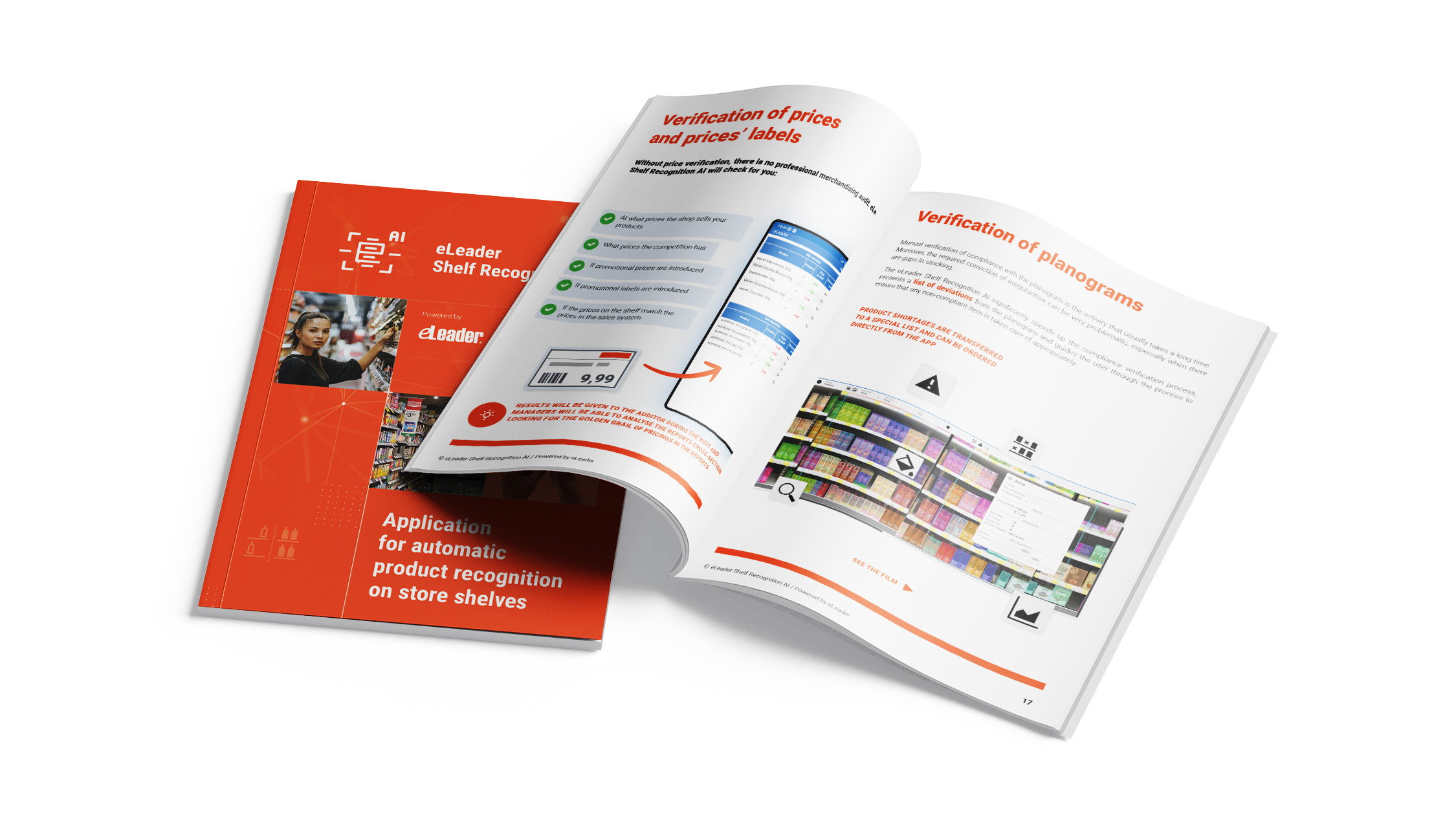
Preselling vs. Van Selling: Which Field Sales Model Is Right for You?
Van selling and preselling – two popular models of a sales representative’s work. Each proves effective in different circumstances.
It’s a typical morning in our office. Between the first and second coffee, someone inevitably brings up the most important question of the day – what’s for lunch? The debate begins: go with Mr. Sandwich, who rolls in at 9:00 sharp with a familiar, tasty menu? Or order something from the city, scrolling through apps, comparing options, and rallying a group to join in? It’s more than just lunch – it’s a battle of sales models. Preselling vs. van selling. And just like in the FMCG world, the winner is the one that shows up at the right time, with the right offer, in the right way.
For manufacturers and distributors in the FMCG sector, choosing the right working model for field sales representatives is a key strategic decision. It directly influences operational efficiency, logistics costs, and the overall customer experience. The two most common approaches – preselling and van selling – each perform best under different conditions. Their successful implementation depends on several factors, including market structure, the type of retail network, and the maturity of the distribution channel.
Sales representative applications offer a solution. With systems like eLeader Mobile Visit, companies can effectively support both models—and even use them in parallel within a single organization. Below, we outline the key differences, advantages, and typical use cases for each approach.
Van selling and preselling – what’s the difference?
Van selling is a model in which a sales representative arrives with goods in the vehicle and completes the sale on the spot. The customer receives both the products and the invoice immediately, making it a fully hands-on transaction. This approach is fast, straightforward, and particularly effective in high-turnover environments or where customers have limited storage capacity.

Preselling is a model in which the sales representative visits the point of sale to take an order, while the delivery of goods takes place later – typically from a central warehouse or a local distributor. This approach is common in more complex distribution networks and works well when logistics are handled separately by a warehouse team or an external partner.
In both models, the sales representative plays a vital role – not just as a salesperson, but also as a trusted advisor. Their job is to optimize the order based on product turnover, current promotions, and the presence of competitors on the shelf.
Logistics and infrastructure – context determines the model
The choice of the right sales model isn’t driven by company strategy alone. Logistics and infrastructure play a key role:
In regions with limited warehouse infrastructure or irregular delivery access, van selling offers a more reliable solution. Here, the sales representative acts as a mobile warehouse, ensuring immediate product availability. This model remains effective in rural areas, where distances from distribution hubs make frequent restocking a challenge.
In contrast, in developed markets with robust distribution systems, preselling enables better planning and helps reduce transportation costs. Orders placed by representatives are then fulfilled by dedicated delivery fleets or logistics partners.
The structure of the retail network also plays a part. Large stores and local chains, typically served on a regular basis from central warehouses, are often better suited to the preselling model. Smaller outlets – like kiosks, convenience stores, or HoReCa venues – may benefit more from the flexibility of van selling.

Case: small shops and sales effectiveness
In his 2023 study “Serving Nanostores: Van Sales or Pre-sales?” published on LinkedIn, Professor Jan Fransoo analysed the effectiveness of both sales models in the context of nanostores – small, often family-run retail outlets with limited shelf space and high product turnover.
The findings strongly favoured the van selling model in these scenarios. It allows for immediate restocking, eliminating delays and reducing the risk of lost sales due to out-of-stock products. In contrast, preselling poses challenges in such environments, as these shops often can’t store large volumes, and any delay in delivery can translate directly into missed revenue. This model is especially prevalent in regions such as Morocco, the Congo, and Côte d’Ivoire, where small-format retail dominates. It also remains popular in sectors like cosmetics and beauty, where, without a strong e-commerce setup, selling directly from the vehicle often proves to be the most effective strategy.
Cross-selling in preselling and van selling
Cross-selling – the practice of offering products that complement the main order – plays out differently depending on the sales model in use. In a preselling setup, sales reps typically have more flexibility to act as advisors. Drawing on order history, shelf display insights, and current promotions, they can recommend additional items to be delivered alongside the main order. Tools like eLeader Mobile Visit make this process easier by providing smart product suggestions, applying logic-based dependencies (e.g., “buy A – suggest B”), and issuing automatic reminders for items that are frequently purchased together.
In the van selling model, purchasing decisions tend to happen quickly, with product availability in the vehicle playing a critical role. Cross-selling relies on agility and instant fulfilment: the sales rep can offer additional items on the spot – such as a new flavor variant or a promotional add-on. Success hinges on stocking the vehicle strategically and equipping the representative with an intuitive mobile interface that suggests relevant complementary products based on the current basket.
In both sales models, cross-selling becomes far more effective when reps have real-time access to promotions, customer preferences, and inventory levels – all of which are supported by eLeader Mobile Visit.
The role of distributors and in-store execution
In many FMCG organisations, sales representatives operate hand-in-hand with local distributors. Distributors either fulfil the orders collected by reps in the preselling model or keep their vehicles stocked in the van selling approach. This hybrid model demands more than just the right field app — it requires full data integration to ensure consistent visibility of orders, inventory, and payments across the ecosystem.
But order fulfilment is only part of the equation. What happens once the goods reach the store is equally important. Were they placed on the shelf? Are they displayed correctly? Do they meet planogram requirements or agreed merchandising standards? This is where technology like eLeader Shelf Recognition AI steps in, automatically recognising products on shelves and verifying compliance, so that representatives can act on reliable, real-time data.
Manage two sales models in one app – here’s how eLeader Mobile Visit makes it easy
The eLeader Mobile Visit system is built with flexibility at its core. It supports preselling, van selling, and even hybrid models — where sales teams operate differently depending on region, customer type, or channel.
In preselling workflows, the app enables:
- Easy order placement with access to order history, promotions, and individual commercial terms
- Customer segmentation and smart product recommendations
- Integration with ERP and distributor systems for seamless processing
- Delivery tracking and status checks during follow-up visits
In van selling scenarios, it offers:
- Vehicle stock management directly in the app
- Automatic generation and printing of sales documents (invoices, GINs – Goods Issue Notes)
- On-the-spot processing of returns, receivables, and cash payments
- Management of returnable packaging
- Real-time verification and correction of in-store displays
Van selling or preselling – which model fits your business best?
There is no one-size-fits-all model. Instead, companies that make a conscious choice can boost field sales efficiency, reduce costs, and gain a competitive edge.
To summarize:
- In well-structured logistics environments, preselling offers greater control.
- Where immediate product availability is critical, van selling remains indispensable.
- In complex organizations, both models can operate simultaneously, supported by a unified, consistent tool.
eLeader Mobile Visit not only supports any sales scenario but also delivers the data needed for ongoing optimization.
Use the following guideline to more easily adapt the field sales model to your needs [click to enlarge].

Niche knowledge straight to your inbox!
If you find what you’re reading interesting, sign up for our newsletter to receive valuable articles straight to your email inbox.

Leave e-mail here:


